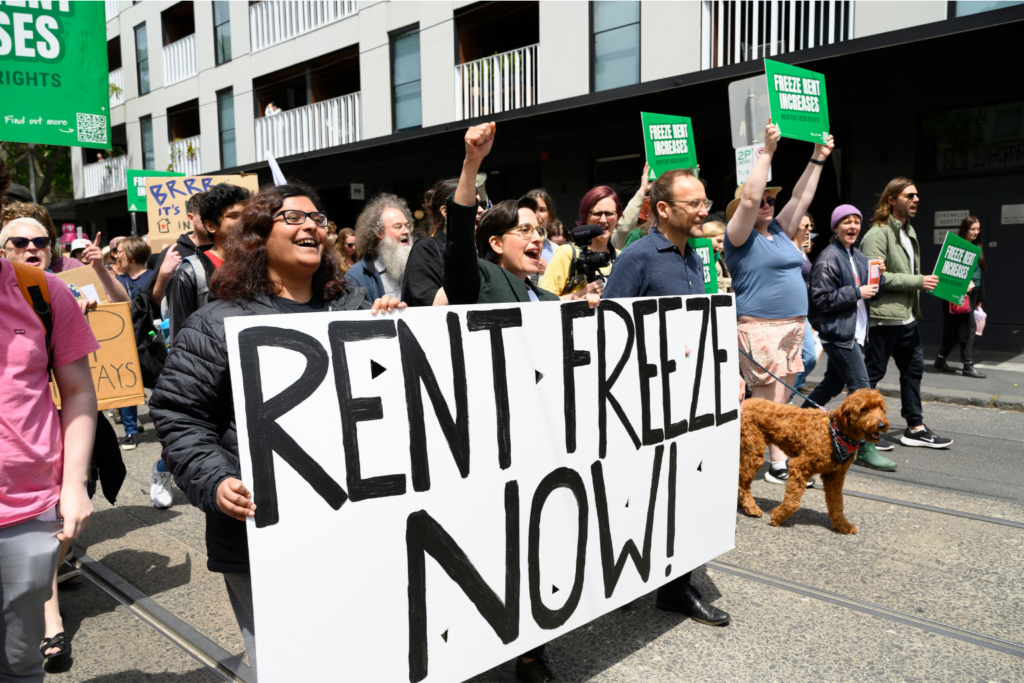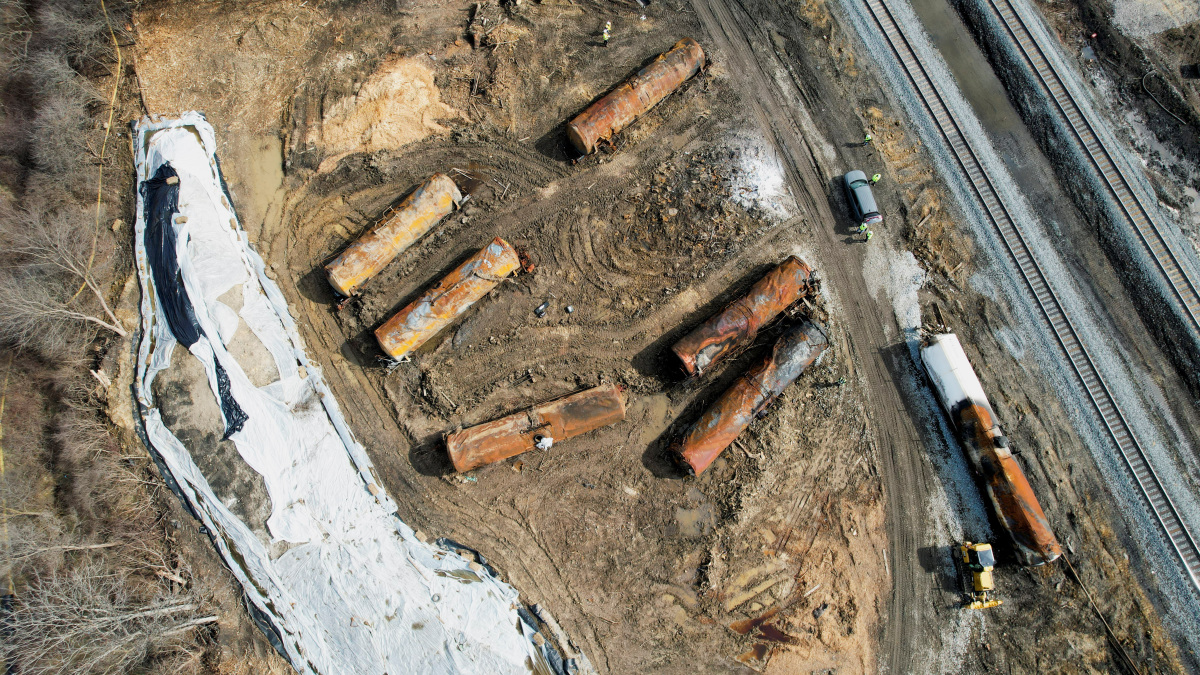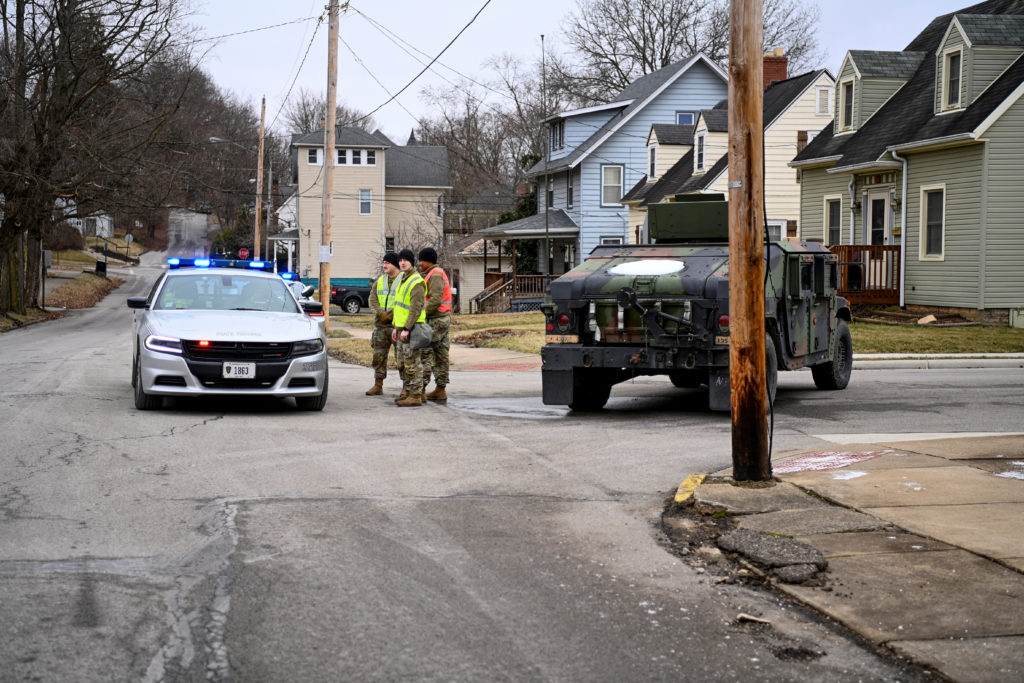Rent Freeze: Negative Impact On Tenant Housing And Maintenance

Table of Contents
Reduced Landlord Investment in Property Maintenance and Repairs
Rent freezes directly limit a landlord's income, creating a significant barrier to affording essential repairs and upgrades. This lack of investment has cascading negative effects on tenant housing and the broader community.
Deferred Maintenance:
Rent freezes force landlords to make difficult choices, often resulting in deferred maintenance. This means necessary repairs are postponed, leading to a decline in property condition and increased risks for tenants.
- Delayed plumbing repairs: Leaking pipes, backed-up drains, and malfunctioning toilets can lead to water damage, mold growth, and costly repairs down the line. These issues not only impact the tenant's comfort and health but also create structural problems that further diminish property value.
- Postponed roof maintenance: Neglecting roof repairs can result in leaks, structural damage, and costly replacements. Water damage from a compromised roof can cause significant harm to the interior of the building, affecting walls, ceilings, and insulation.
- Neglect of appliance repairs: Malfunctioning appliances, such as refrigerators, stoves, and washing machines, cause significant inconvenience and potential safety hazards. A broken stove, for example, can present a fire risk, while a faulty refrigerator can lead to food spoilage.
- Lack of investment in energy-efficient upgrades: Landlords may be unable to afford energy-efficient windows, insulation, or appliances, resulting in increased utility costs for tenants, adding to their financial burden. This also contributes to environmental concerns.
Deterioration of Property Value:
The lack of investment in maintenance and repairs directly contributes to the deterioration of property value. This negative impact extends beyond the individual property to the entire neighborhood.
- Lower property values affect neighborhood tax revenue: Declining property values lead to reduced tax revenue for local governments, impacting the funding of essential services such as schools, infrastructure, and public safety.
- Reduced curb appeal makes the area less attractive to potential homebuyers: Properties in disrepair negatively impact the aesthetic appeal of a neighborhood, deterring potential buyers and further depressing property values.
- Landlords may be less inclined to invest in aesthetic improvements: With limited income, landlords are unlikely to invest in cosmetic upgrades, such as landscaping or exterior painting, further diminishing the neighborhood's overall attractiveness.
Disincentive for New Housing Construction and Development
Rent freezes significantly reduce the profitability of new housing construction and development, ultimately leading to a decrease in the supply of rental units. This is a major contributor to the ongoing housing crisis.
Reduced Profitability:
The combination of increased construction costs and limited rental income due to rent freezes makes new rental projects financially unviable for developers.
- Increased construction costs combined with limited rental income make projects unviable: Developers need to ensure a reasonable return on investment, and rent freezes make this significantly more difficult, if not impossible, to achieve.
- Developers shift focus to more lucrative projects with higher profit margins: Developers will naturally allocate resources to projects where they can secure a better return, leaving the rental housing market underserved.
- Shortage of new rental units exacerbates the housing crisis: The lack of new construction contributes to a shortage of rental units, driving up prices in the existing market and making it even more difficult for low-income individuals and families to find affordable housing.
Impact on Affordable Housing Initiatives:
The decrease in new rental construction directly impacts the availability of affordable housing options. This disproportionately affects low-income families.
- Increased competition for limited rental units drives up prices in the long run: Scarcity increases demand, inevitably leading to higher rental prices, negating the intended effect of a rent freeze.
- Low-income families are disproportionately affected by the reduced supply: Those already struggling to afford housing are pushed further into precarious situations, facing homelessness or substandard living conditions.
- This can lead to homelessness or substandard housing options: The lack of affordable options forces many to seek substandard housing or become homeless, creating significant social and economic problems.
Negative Impacts on Tenant Safety and Well-being
Deferred maintenance due to rent freezes directly compromises tenant safety and well-being, leading to increased risks and diminished quality of life.
Increased Risk of Accidents and Injuries:
A poorly maintained property poses significant safety risks for tenants.
- Electrical hazards due to outdated wiring: Outdated electrical systems increase the risk of fire, electric shock, and other electrical hazards.
- Slip-and-fall accidents due to lack of repairs: Unrepaired flooring, stairs, and walkways increase the risk of falls and injuries.
- Fire hazards caused by neglected safety systems: Malfunctioning smoke detectors, fire extinguishers, and escape routes create significant fire hazards.
Diminished Quality of Life:
Living in a poorly maintained property severely impacts a tenant's quality of life and overall health.
- Mold and mildew growth can lead to respiratory problems: Water damage often leads to mold growth, which can trigger allergic reactions and respiratory illnesses.
- Pest infestations can create unsanitary living conditions: Neglect of pest control can lead to infestations of rodents, insects, and other pests, creating an unhealthy and unsanitary environment.
- Lack of adequate heating or cooling impacts comfort and well-being: Malfunctioning heating and cooling systems can make living conditions uncomfortable and affect health, particularly for vulnerable populations.
Conclusion:
Rent freezes, while appearing to offer a solution to affordability issues, create a detrimental cycle of disinvestment, property deterioration, and reduced housing availability. The negative consequences on tenant housing and maintenance far outweigh any short-term benefits. Addressing the housing crisis requires comprehensive strategies that go beyond rent freezes, focusing on increasing the supply of affordable housing and fostering responsible landlord-tenant relationships. Understanding the long-term implications of a rent freeze is crucial for creating effective and sustainable housing policies. Let's work towards solutions that truly benefit both tenants and landlords, improving housing conditions and ensuring a secure and stable rental market. We need to move beyond simplistic solutions like rent freezes and focus on comprehensive strategies to address the housing crisis effectively.

Featured Posts
-
 French Open Alcarazs Reign Vs Swiateks Uncertain Defense
May 28, 2025
French Open Alcarazs Reign Vs Swiateks Uncertain Defense
May 28, 2025 -
 French Open 2024 Sinner Faces Packed Top Half Of Draw
May 28, 2025
French Open 2024 Sinner Faces Packed Top Half Of Draw
May 28, 2025 -
 Championship Survival Ipswichs Win Against Bournemouth Thanks To Broadhead
May 28, 2025
Championship Survival Ipswichs Win Against Bournemouth Thanks To Broadhead
May 28, 2025 -
 Stunning 8th Inning Angels Defeat Blue Jays
May 28, 2025
Stunning 8th Inning Angels Defeat Blue Jays
May 28, 2025 -
 Depp Y El Productor De Piratas Del Caribe Se Reunen El Regreso De Jack Sparrow
May 28, 2025
Depp Y El Productor De Piratas Del Caribe Se Reunen El Regreso De Jack Sparrow
May 28, 2025
Latest Posts
-
 Toxic Chemical Residue From Ohio Train Derailment A Building Contamination Investigation
May 29, 2025
Toxic Chemical Residue From Ohio Train Derailment A Building Contamination Investigation
May 29, 2025 -
 Ohio Train Derailment Aftermath Toxic Chemical Presence In Buildings
May 29, 2025
Ohio Train Derailment Aftermath Toxic Chemical Presence In Buildings
May 29, 2025 -
 How The Nintendo Switch Changed The Gaming Landscape Technologically
May 29, 2025
How The Nintendo Switch Changed The Gaming Landscape Technologically
May 29, 2025 -
 The Switch And The Evolution Of Nintendos Technology
May 29, 2025
The Switch And The Evolution Of Nintendos Technology
May 29, 2025 -
 Nintendo Switch A Retrospective On Technological Integration
May 29, 2025
Nintendo Switch A Retrospective On Technological Integration
May 29, 2025
